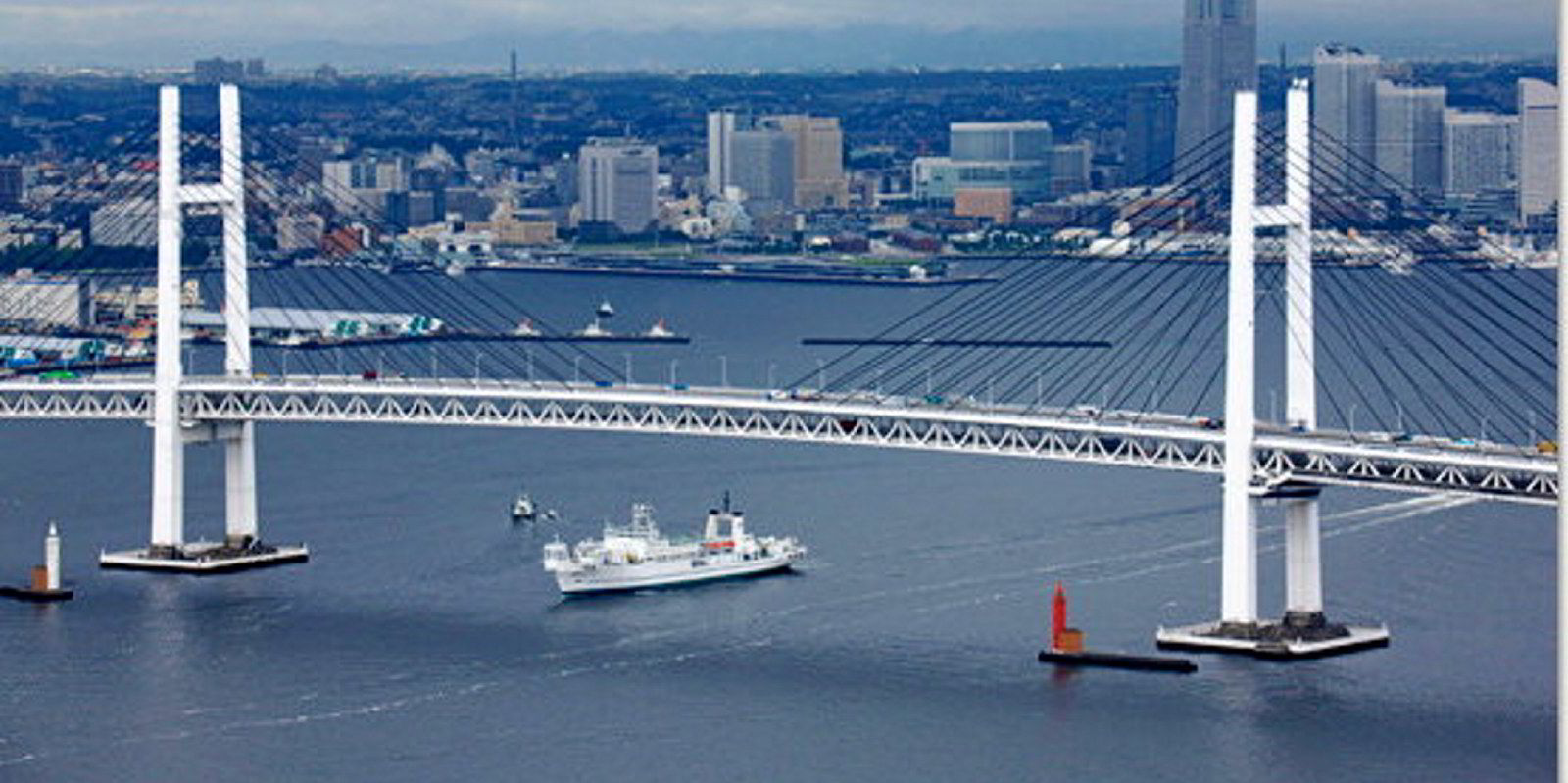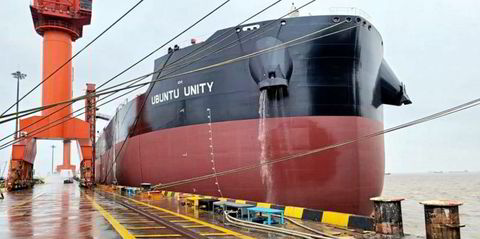Delivering supplies and crew to wind farms in US waters will require ships that qualify under the Jones Act.
That means they will have to be built by a domestic shipyard, controlled by a US company, crewed mostly by Americans and registered under the US flag.
But constructing wind farms off the US coast is less clear cut, and questions about when to use a US-flag ship and when it is not required remain unanswered.
Virginia-based Dominion Energy is building the first Jones Act wind turbine installation vessel (WTIV) at Keppel AmFELS shipyard in Texas, at a cost of $500m.
Building the Charybdis is time-consuming and costlier than building a vessel overseas, but it will not face the operational gymnastics that staying within the rules of the Jones Act imposes on ships that do not qualify for the cabotage law.
So the companies installing wind turbines face a choice that involves weighing cost and timing.
The key advantage of a Jones Act-qualified WTIV is that it can carry components from an offshore staging port nearby to an installation site.
The cabotage law requires another vessel to do that transport work for a foreign-flag WTIV, which is why a variety of companies are stepping into the game to offer feeder vessels.
Jones Act vessel owner Foss Maritime and partner DEME Offshore, for example, have been brought in to operate feeder vessels for the Vineyard Wind project.
"Combined with the additional cost of feeder vessels, there is a balancing act that project developers would need to consider when calculating the most operationally sound and cost-efficient solution," wrote Rystad Energy analyst Martin Lysne.
Charlie Papavizas, a maritime lawyer at Winston & Strawn, said project developers are not held back by the Jones Act restrictions, placing the onus on installers to weigh the options.
"The developer perspective is, I'm going to keep going until roadblocks become impossible, and so far they are not impossible," he said.
- Wind turbine installation vessel (WTIV): These self-elevating vessels have a heavy crane to install new turbines at wind farms. In US waters, these may be foreign-flagged, but they need a Jones Act feeder vessel to carry out any work required under the cabotage law.
- Offshore wind feeder vessel: These Jones Act-qualified vessels transport turbines out to a WTIV.
- Service operation vessels: Supplying the needs of operating wind farms, these ships will need to be Jones Act qualified to carry goods from US ports.
- Crew transfer vessels: These vessels deliver workers to offshore installations and will also have to be Jones Act qualified to serve wind farms in US waters.
US Congress opened the door for wind farm leasing in waters off the US in 2005, but the law left an ambiguity about whether the Jones Act applied, and regulators at US Customs & Border Protection declined to venture an answer.
Provisions to clear that up finally made it through the federal legislature in January of this year, which led customs officials to make a series of rulings to lay down ground rules about when the Jones Act comes into play.
But Papavizas said that those rulings have still left some ambiguities about when, for example, it comes to determining whether placing rocks on the sea floor at an installation site counts as delivering goods to a US point.
It is a question that matters, for example, to Great Lakes Dredge & Dock, which is developing a Jones Act-qualified subsea rock installation vessel for wind project work.
But Jennifer Carpenter, the chair of the offshore wind committee at Jones Act coalition American Maritime Partnership, said that while Congress laid out the rules of the road in broad strokes, it makes sense that customs officials are still defining the details.
"It is important to remember that we are talking here about really building up and building out a whole new industry in the United States," she said.






